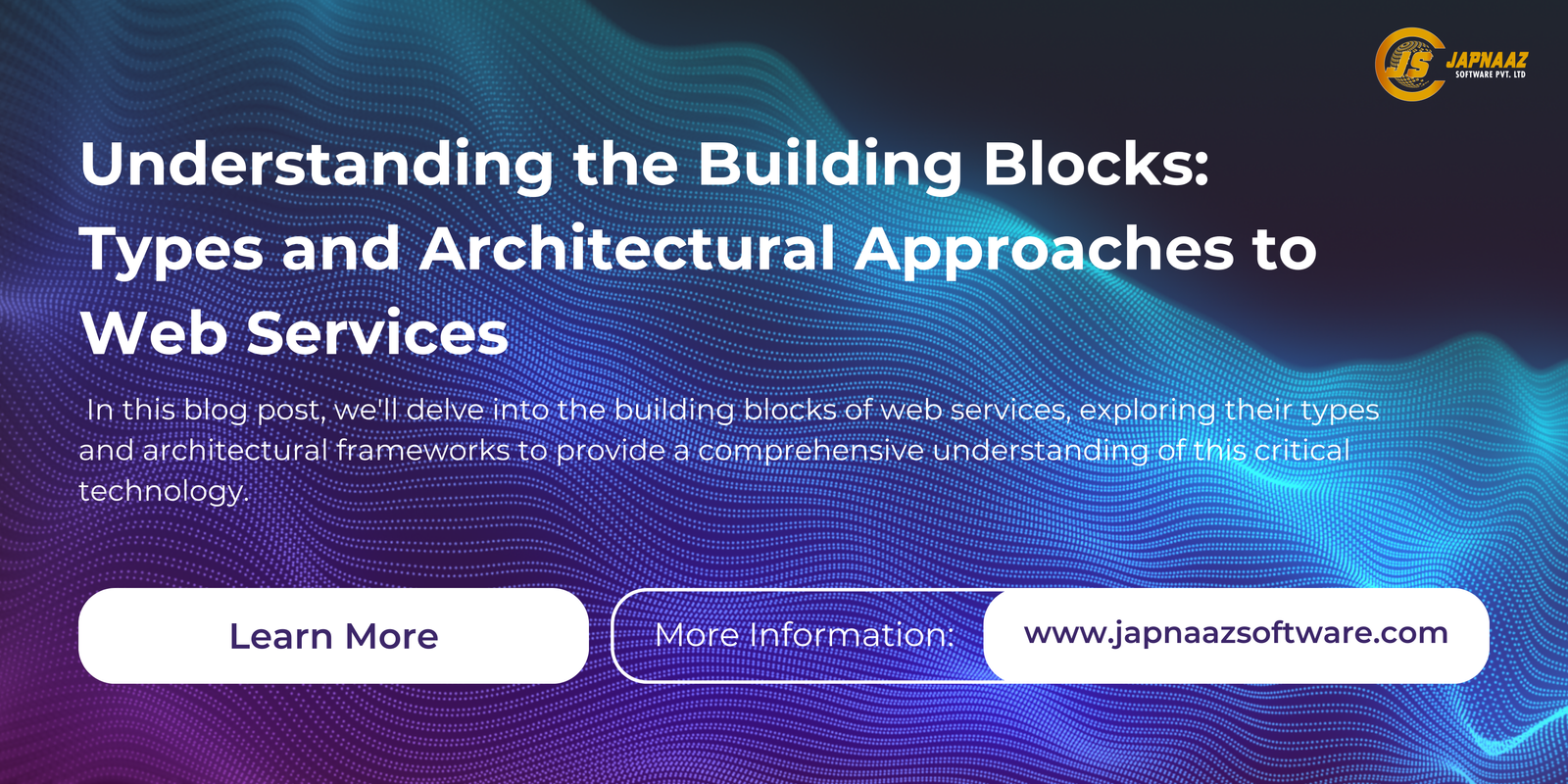
Web services form the backbone of modern digital infrastructure, facilitating communication and data exchange between various applications and systems over the internet. Understanding the different types and architectural approaches to web services is essential for developers and businesses alike. In this blog post, we'll delve into the building blocks of web services, exploring their types and architectural frameworks to provide a comprehensive understanding of this critical technology.
SOAP (Simple Object Access Protocol): A protocol called SOAP is used to exchange structured data when web services are implemented. It relies on XML as the message format and typically uses HTTP or SMTP as the transport protocol. SOAP web services are known for their robustness and support for complex messaging patterns.
REST (Representational State Transfer): REST is an architectural style for designing networked applications, often used in conjunction with HTTP. It emphasizes simplicity, scalability, and statelessness, making it well-suited for distributed systems and the web. RESTful web services use standard HTTP methods (GET, POST, PUT, DELETE) for resource manipulation and rely on uniform resource identifiers (URIs) for addressing.
GraphQL: GraphQL is a query language and runtime for executing queries against application programming interfaces (APIs). Clients can request just the data they require, which lowers over-fetching and boosts efficiency. GraphQL offers a more flexible and efficient alternative to traditional RESTful APIs, particularly for complex data fetching requirements.
Monolithic Architecture: In a monolithic architecture, all components of an application are tightly coupled and deployed as a single unit. Monolithic web services are characterized by their simplicity, ease of deployment, and centralized control. However, they may suffer from scalability and maintainability issues as the application grows in complexity.
Microservices Architecture: Microservices architecture decomposes an application into smaller, independently deployable services, each responsible for a specific business function. Microservices enable agility, scalability, and fault isolation, but require additional infrastructure and operational overhead. They are well-suited for large, complex systems with evolving requirements and diverse technology stacks.
Serverless Architecture: Serverless architecture abstracts server management and infrastructure provisioning away from developers, allowing them to focus on writing code. Serverless web services scale automatically based on demand, incur costs only for actual usage, and offer high availability and fault tolerance. However, they may introduce vendor lock-in and have limitations in terms of execution time and resource constraints.
Web services play a vital role in modern software development, enabling seamless integration and communication between disparate systems. Understanding the different types of web services, such as SOAP, REST, and GraphQL, as well as architectural approaches like monolithic, microservices, and serverless, is essential for designing scalable, efficient, and maintainable systems. By leveraging the right combination of web service types and architectural frameworks, developers can build robust and adaptable solutions that meet the needs of today's dynamic digital landscape..